Help on Growing Heliamphoras
byron_1
13 years ago
Related Stories

REMODELING GUIDESRoom of the Day: Antiques Help a Dining Room Grow Up
Artfully distressed pieces and elegant colors take a formerly child-focused space into sophisticated territory
Full Story
EARTH DAYGrow a Beautiful Garden With Ecofriendly Greywater
Reducing home water waste means lower bills and a healthier planet. Here's how to set up a greywater home irrigation system that can help
Full Story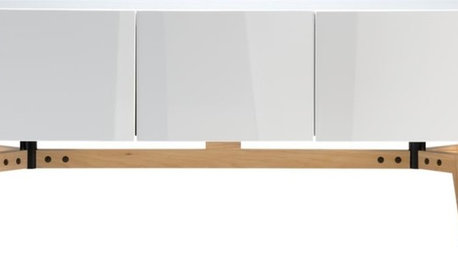
PRODUCT PICKSGuest Picks: Light Wood Accents That'll Grow on You
Ditch the darkness with modern accessories and furniture in ash, birch and light oak
Full Story
SUMMER FRUITS AND VEGETABLESSummer Crops: How to Grow Beans
Grow your own beans for amazing variety and healthy, convenient produce all summer
Full Story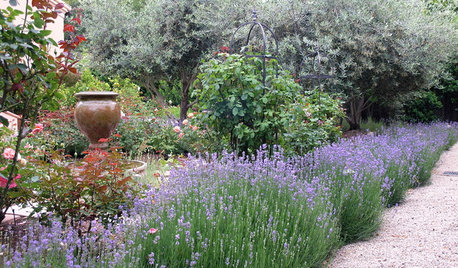
FLOWERSHerb Garden Essentials: Grow Your Own Fragrant Lavender
This do-it-all plant is ideal for almost any garden, and its uses are abundant around the home
Full Story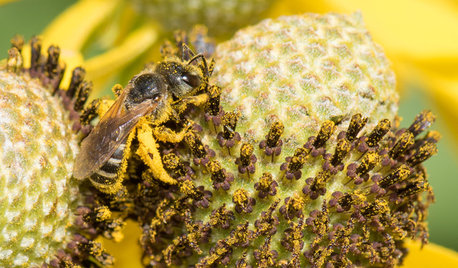
GARDENING GUIDESWelcome Sweat Bees to Your Garden Throughout the Growing Season
Look before you swat! These friendly sweat bees will feed on your sweat on a hot summer day, but their main buffet is flowers
Full Story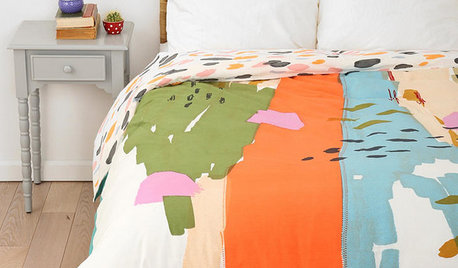
PRODUCT PICKSGuest Picks: Beautiful Bedroom Pieces That'll Grow With Your Girl
Leave tiaras and wands to the dress-up bin. These versatile girls' bedroom pieces will magically transition as she ages
Full Story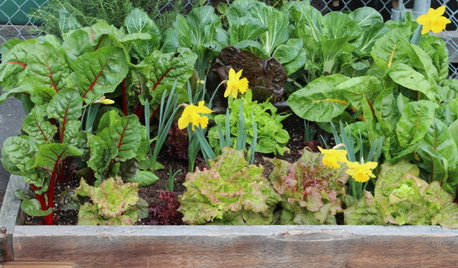
FARM YOUR YARDGrow a Kitchen Garden in 16 Square Feet
Got a sunny 4-by-4 space? You can make meals more interesting with your own vegetables and herbs
Full Story
GREEN BUILDINGGreen Grows Up: The Many Faces of Today's LEED Homes
While LEED-certified homes have some common characteristics, the rest is up to your imagination
Full Story
HOUSEPLANTS10 Top Plants to Grow Indoors
Brighten a room and clean the air with a houseplant that cascades artfully, stretches toward the ceiling or looks great on a wall
Full Story





petiolaris
byron_1Original Author
Related Professionals
Signal Hill Landscape Architects & Landscape Designers · Bloomington Landscape Contractors · Brandon Landscape Contractors · Lyndhurst Landscape Contractors · McLean Landscape Contractors · Oak Harbor Landscape Contractors · Pikesville Landscape Contractors · San Benito Landscape Contractors · Seymour Landscape Contractors · The Woodlands Landscape Contractors · Vermilion Landscape Contractors · Welby Landscape Contractors · West Haverstraw Landscape Contractors · York Landscape Contractors · College Station Swimming Pool Builderspetiolaris
byron_1Original Author
terrestrial_man
byron_1Original Author
terrestrial_man
byron_1Original Author
terrestrial_man
byron_1Original Author
terrestrial_man
banjoman